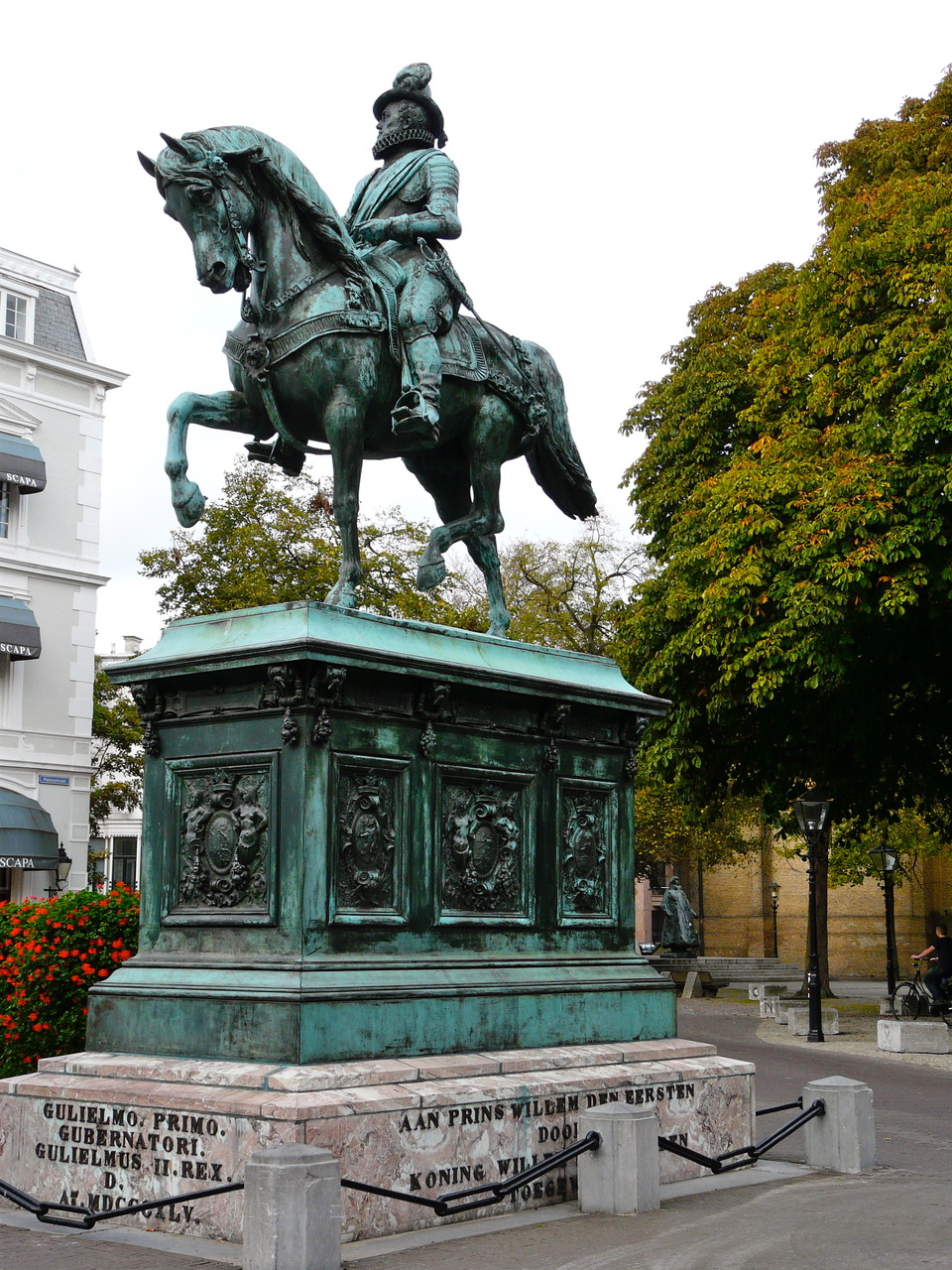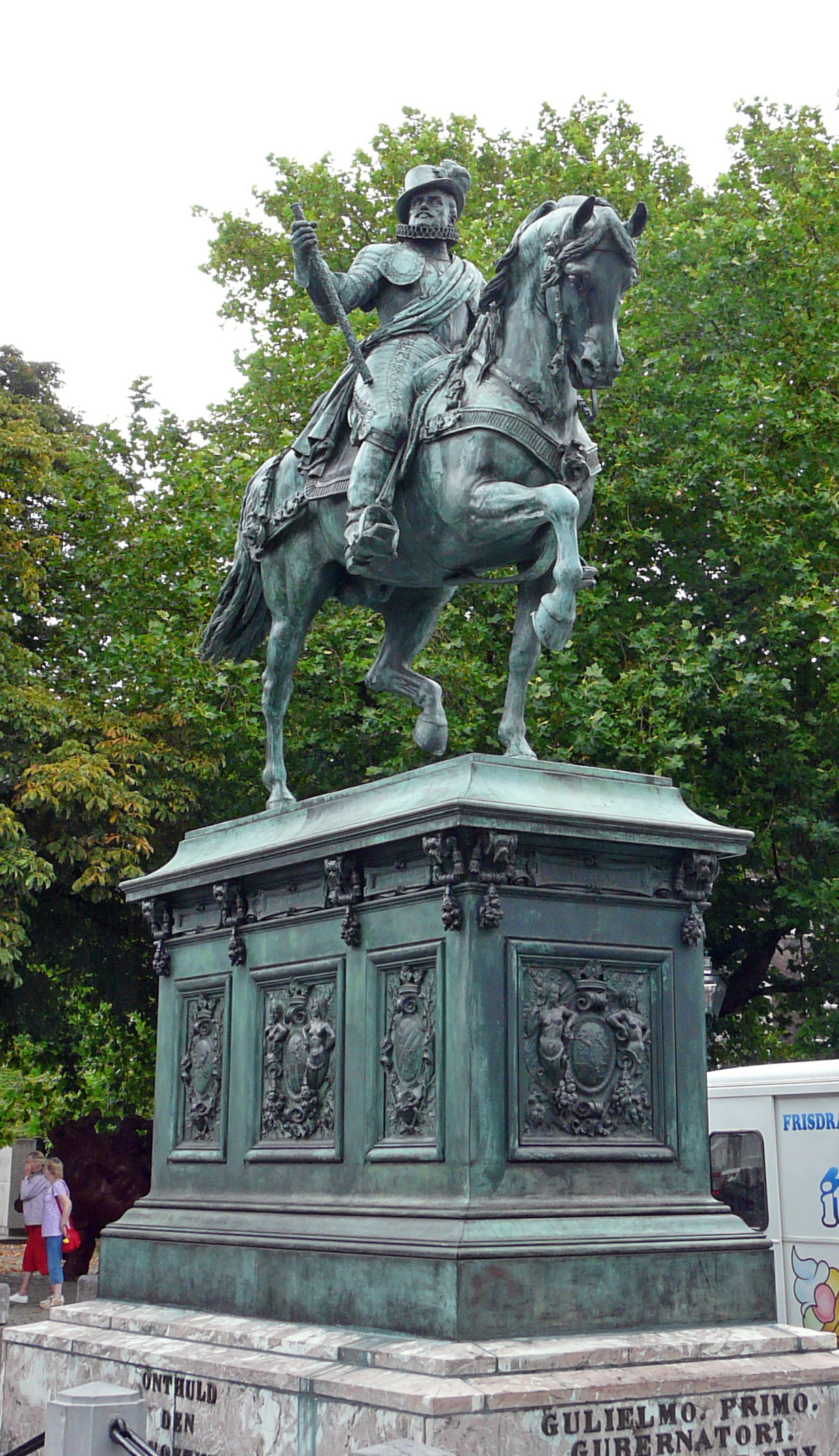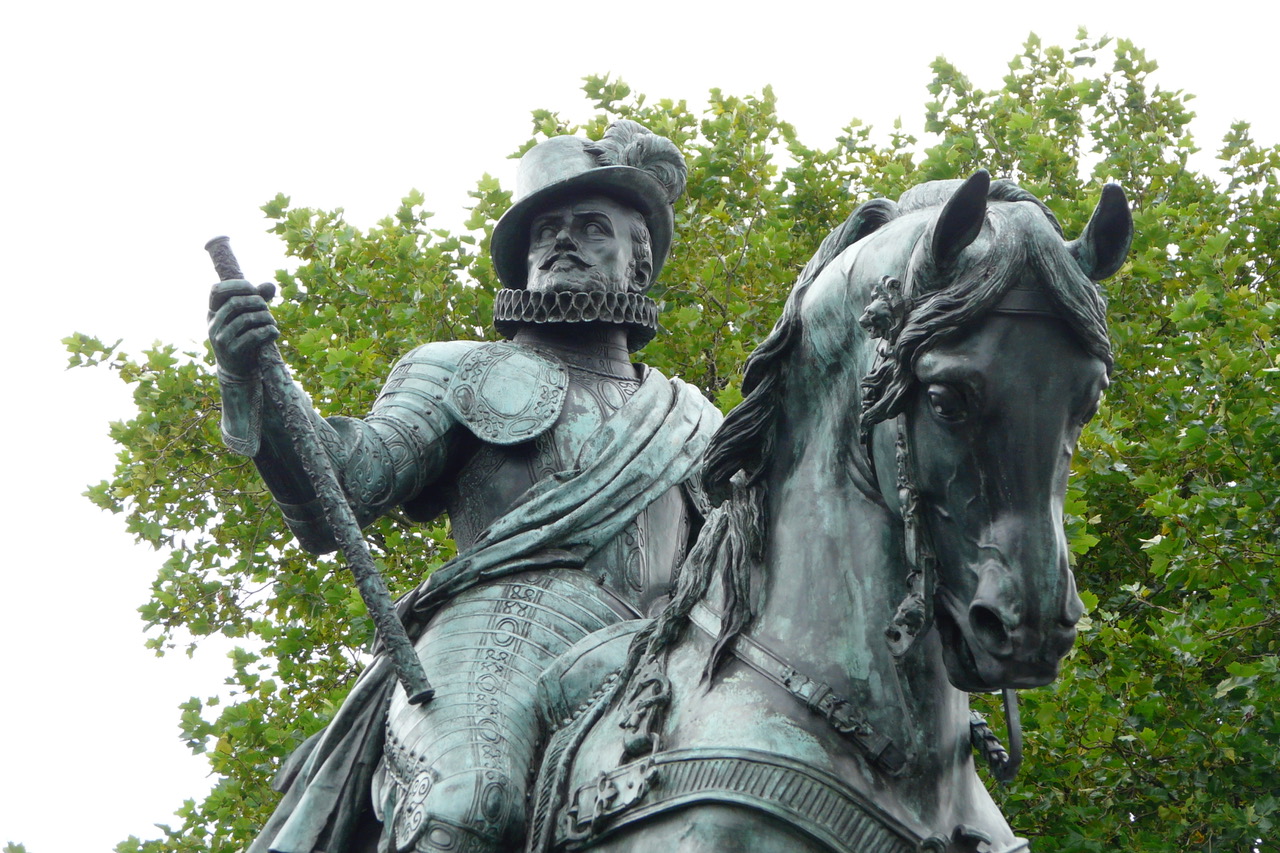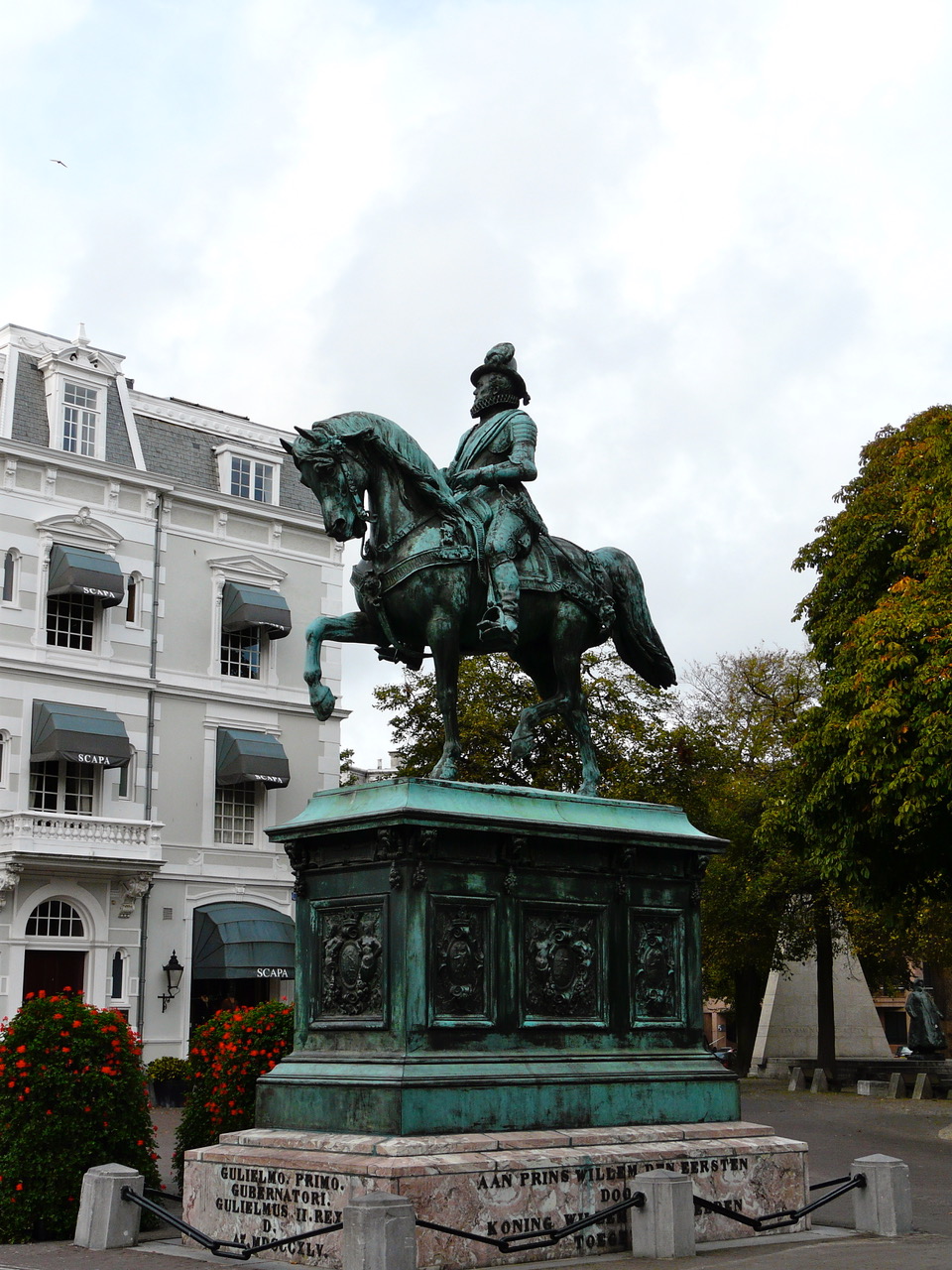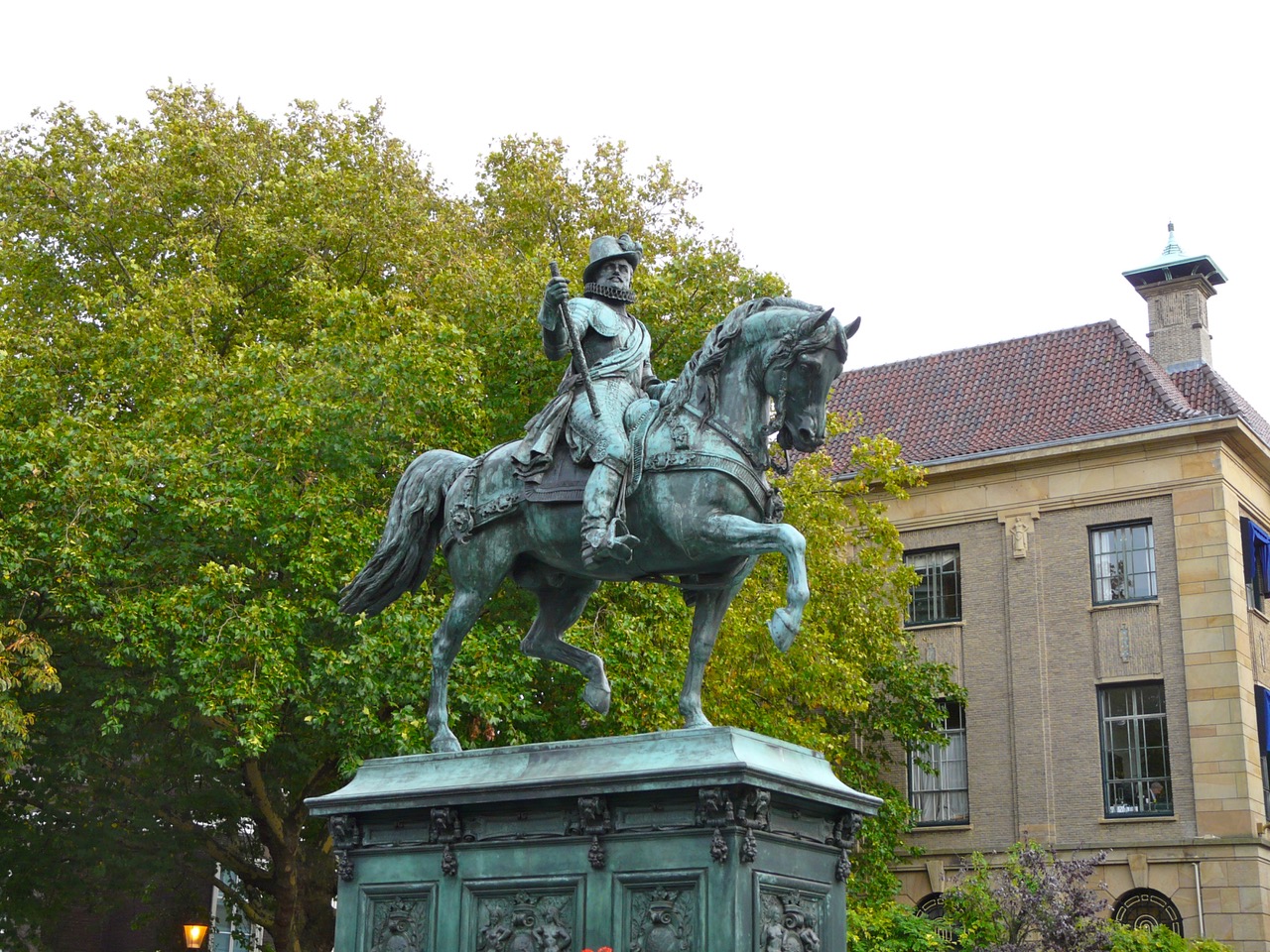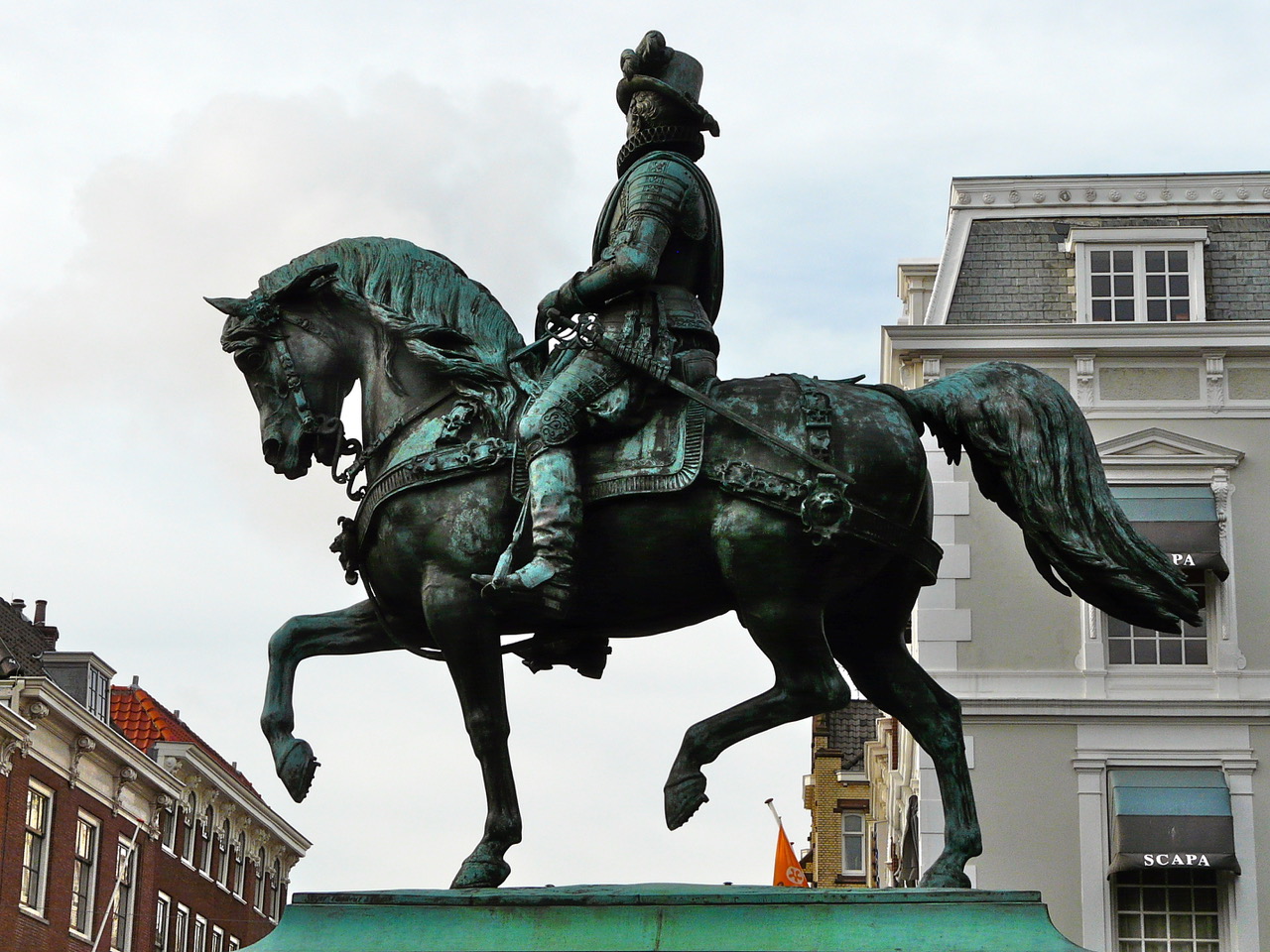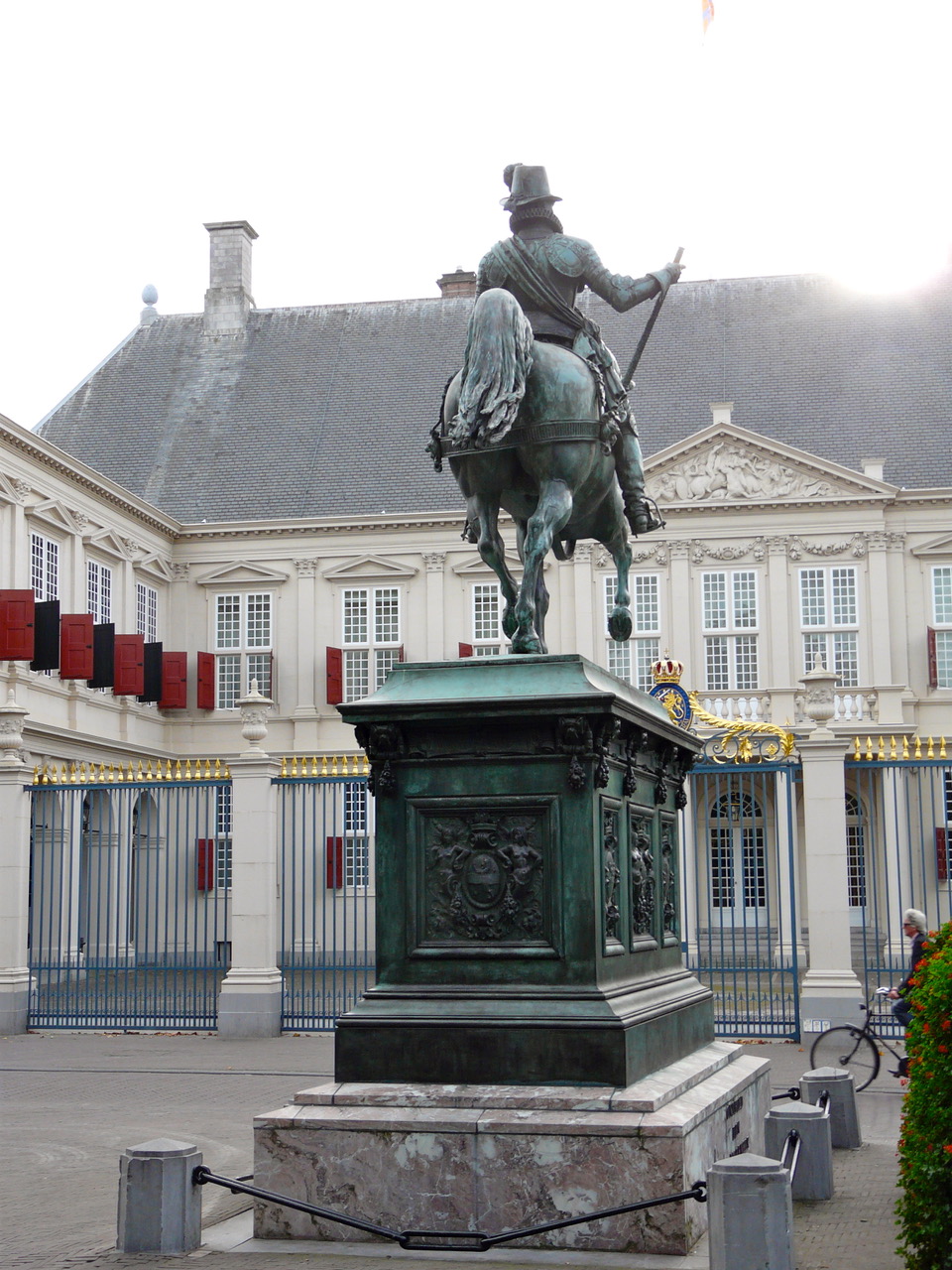- CountryNetherlands
- Town:The Hague
-
Year of creation:1845
- Rider(s):William l of Orange
(1533 – 1584), better known as William the Silent – became the founder of the House of Orange-Nassau, a branch of the European House of Nassau. He played a central role in the political life of the Netherlands — and at times in Europe — since he organized the Dutch revolt against Spanish rule, which after the Eighty Years’ War led to an independent Dutch state. William of Orange was considered a threat to Spanish rule and was assassinated in 1584 by a hired killer sent by Philip.
Several members of the house served during this war and after as governor or stadtholder (Dutch stadhouder). However, in 1815, after a long period as a republic, the Netherlands became a monarchy under the House of Orange-Nassau. - Sculptor(s):Nieuwerkerke, Emilien de
(1811 – 1892) was a French sculptor of Dutch descent (his grandfather was the illegitimate son of a minor stathouder) and a high-level civil servant in the Second French Empire.
In 1834, during a six month stay in Italy, he discovered and became passionate about ancient sculptures and decided to become a sculptor himself on returning to France. He took classes in the studios of Pradier and Carlo Marochetti. In 1843 he took the initiative to make a model for an equestrian statue of Willem of Orange. His design, submitted to Willem II, was so much appreciated that he got the commission to make the statue that was unveiled in The Hague in 1845.
